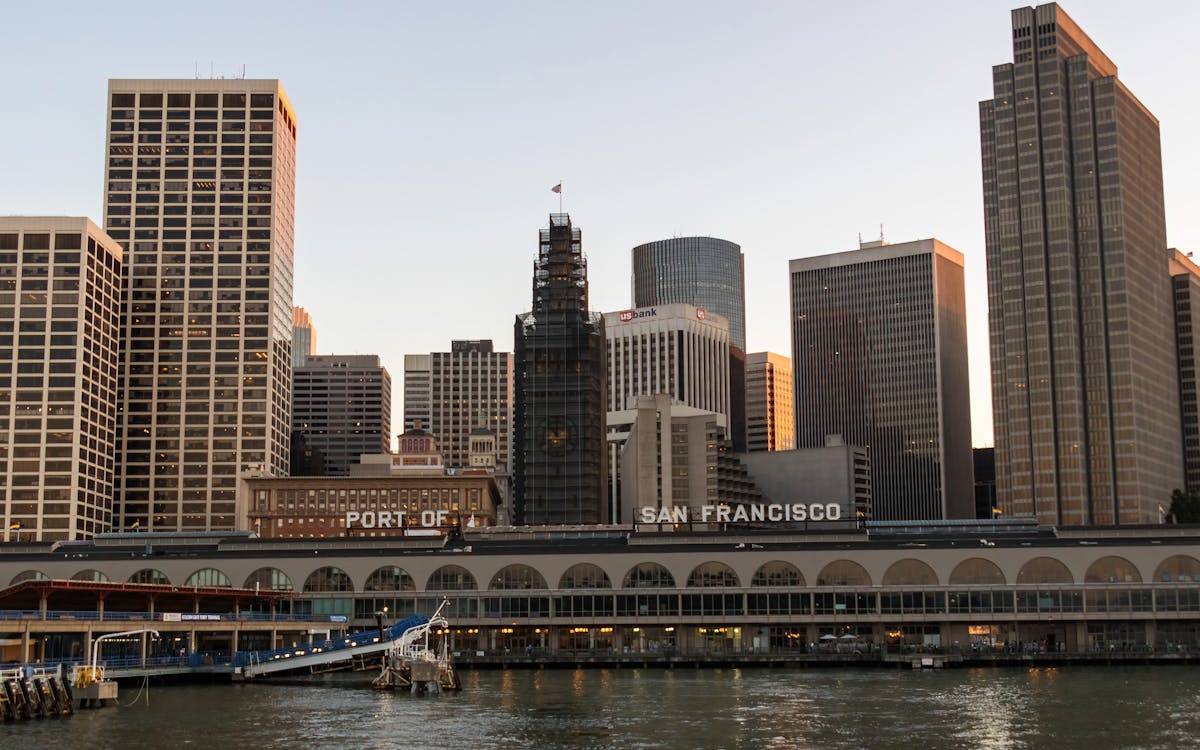How Local Action Transformed the Bay
How Local Action Transformed the Bay
Blog Article

Why Restoration Matters More Than Ever in the Bay Area
Over the last few years, the San Francisco Bay has actually weathered the influence of city development, commercial advancement, and climate change. Once teeming with wild animals and rich wetlands, a number of the bay's natural environments have been fragmented or degraded. Yet in the middle of these obstacles, something impressive is occurring: local homeowners, volunteers, and grassroots efforts are leading a wave of environmental restoration that's bringing brand-new life back to the Bay.
Remediation isn't just about growing trees or cleaning up garbage, though those efforts are necessary. It's regarding rebuilding the structures of life, from marsh turfs that sustain fish nurseries to coastline buffers that defend against flooding. And in this area, the power of neighborhood participation is turning the tide really reasonably.
From Marshland to Miracle: The Return of Native Habitats
Among the most visible adjustments happening in the Bay Area is the re-emergence of indigenous environments. Wetlands that were when drained pipes or led over are being rehydrated and replanted. Turfs and hedges indigenous to the region are being cultivated by area groups, who usually depend on regional volunteers to aid expand seedlings and handle regulated growing occasions.
These indigenous plants do greater than add greenery to the landscape. They provide sanctuary to migratory birds, pollinators, and tiny creatures, developing pockets of biodiversity amid busy urban zones. As these habitats broaden, so does the environmental health and wellness of the Bay itself. When neighborhood homeowners take time out of their weekend breaks to get their hands in the soil, they're not just planting-- they're participating in the remediation of a living, breathing community.
The Role of Education in Fostering Environmental Stewards
Education plays a critical component in why these community-led initiatives are working so well. Schools, neighborhood centers, and not-for-profit teams are arranging hands-on discovering experiences where participants of all ages can understand the scientific research and value of reconstruction. These programs usually bring individuals in person with issues like disintegration, air pollution, and sea level rise-- subjects that can really feel abstract until they're seen up close.
When a person sees the fragile balance of a tidewater or discovers how a solitary plant types can filter toxins from the water, the worth of that understanding becomes individual. And with that understanding comes the inspiration to act. Bring back ecosystems comes to be less of a duty and more of a goal. This deep connection to neighborhood spaces is what establishes the Bay Area apart and fuels the long-lasting success of these efforts.
Using the Digital World to Drive Real-World Change
Remarkably, the press to heal the Bay's ecological communities isn't happening alone from the electronic world. Innovation is becoming a powerful tool in rallying assistance, spreading out understanding, and attaching areas. Whether via citizen scientific research applications that track indigenous species or community discussion forums arranging remediation events, the on-line area is enhancing boots-on-the-ground action.
In the last few years, also neighborhood outreach approaches have evolved. For instance, a social media marketing agency in the Bay Area could sustain environmental campaigns by helping volunteers amplify their impact, inform their stories, and inspire others to get included. These electronic touchpoints have the power to transform a small weekend break clean-up right into a local motion simply by letting people understand it's taking place-- and that it matters.
Email Campaigns That Inspire and Inform Local Change-Makers
An additional digital approach making a tangible difference is email interaction. Updates about repair events, seasonal planting initiatives, and donation drives are often shared via very carefully crafted e-newsletters that strike an equilibrium in between being insightful and motivating. It's not uncommon for a well-timed you can look here campaign from an email marketing agency in San Francisco to bring a rush of volunteers or contributions to a job in need.
These e-mail projects aren't just transactional-- they're transformative. By educating subscribers concerning the direct influence their participation has, they support long-term interaction. Viewers pertain to feel like stakeholders in the health and wellness of their region, which emotional link translates to lasting commitment.
The Unseen Work of Connecting Data, Communities, and Nature
Behind every effective reconstruction task exists a complex internet of sychronisation. There's research study to comprehend what habitats need most, area responses to form comprehensive strategies, and follow-up tracking to make sure success. This type of recurring effort commonly calls for not simply heart, but data, technique, and communication.
That's where the assistance of a digital marketing company in the Bay Area can make a peaceful yet important difference. By assisting organizations build solid digital systems, gather understandings, and refine their messaging, these groups allow area teams to scale their influence. The result is a much more connected and efficient activity, where every activity counts, and every person feels like they're component of something bigger.
The Power of People in Preserving the Bay's Future
If there's one point the Bay Area has verified, it's that reconstruction does not need to start with large organizations or massive spending plans. It can begin with one neighbor drawing weeds from a route, one trainee growing a native sapling, or one household appearing to a coastline clean-up. These little activities add up, especially when they're supported by wise strategies and shared with the broader neighborhood.
There's something distinctively confident regarding seeing the tides turn-- both figuratively and essentially-- in favor of nature. The Bay is far from fully restored, but it's being revived each day with the determination and treatment of those that call this area home. With each marsh rebuilt and each indigenous varieties secured, we're not simply restoring environments-- we're picturing what's feasible when areas lead with function.
Keep following this blog site for more stories on regional change, neighborhood influence, and the means you can be part of protecting the all-natural appeal that surrounds us.
Report this page